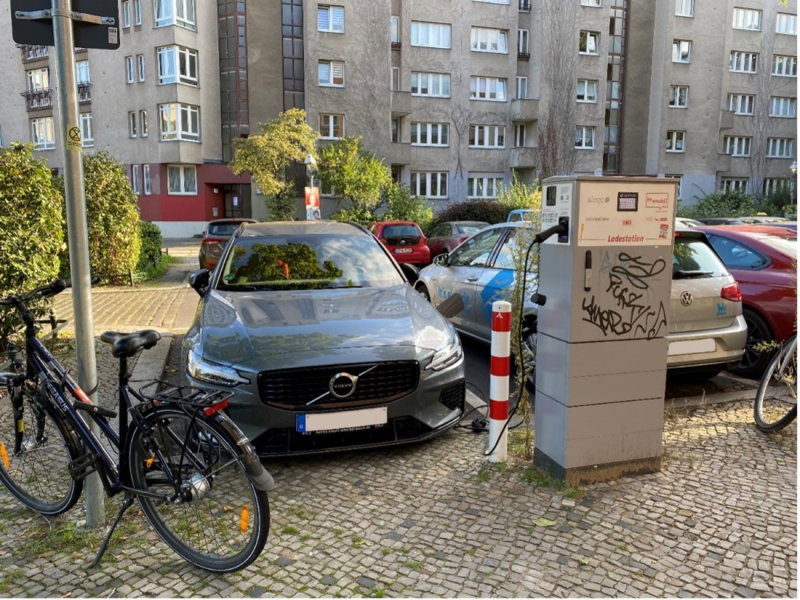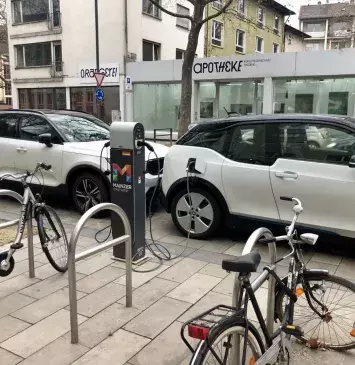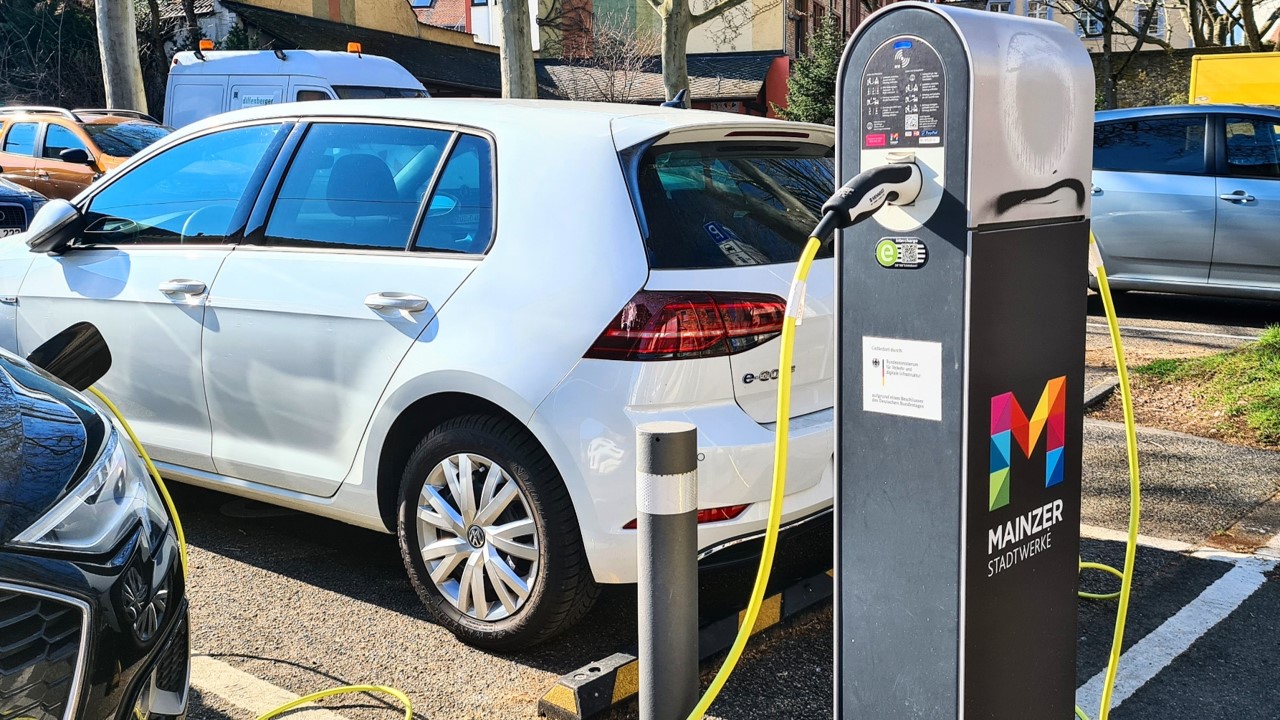Our Rating:
As the total volume of data increases dramatically with the additional devices installed for smart parking, the level of complexity for management also increases. Nevertheless, cities can adapt and use the potential of the data by, for example, using a data platform for better decision-making and planning. Such changes can improve the utilization of e-charging stations. In the future, such a system could also be used to trigger automatic messages to the law and code enforcement agencies or towing services, for example.








